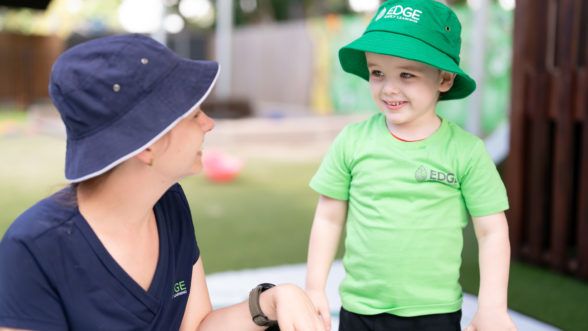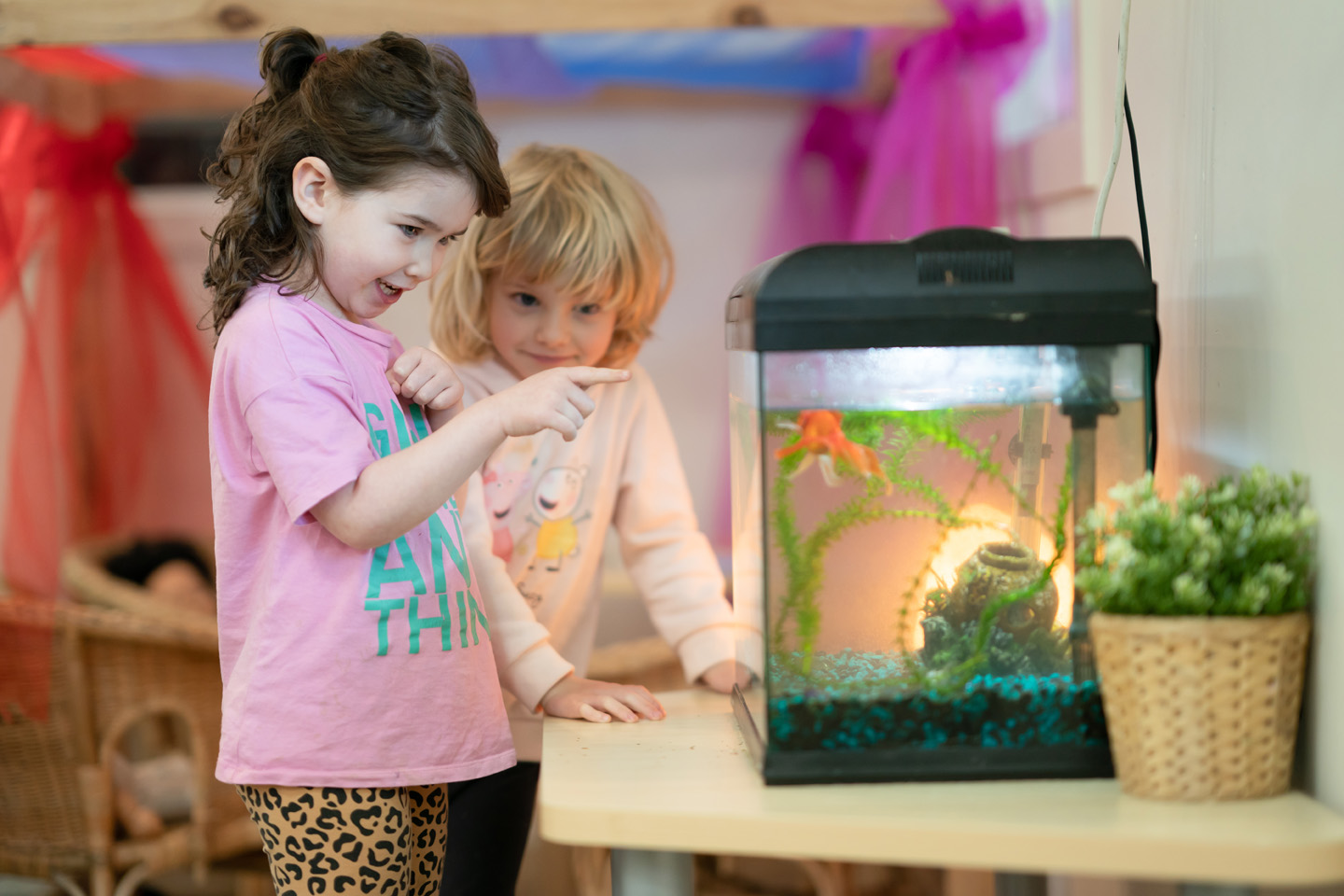
Useful tools
Useful tools, Wellbeing
21 September, 2023

Dogs, cats, birds, fish… pets can be a wonderful addition to the family, providing companionship, entertainment and a fun incentive to get outside and be active. They also teach children responsibility and empathy. The latest Pets in Australia study from Animal Medicines Australia shows that across Australia, 69 per cent of households have at least one pet.
Many families have pets before they have children, so there’s no definite right or wrong answer here. The best pets for families are the ones that fit in with yours, so you’ll need to consider your own family and what you can manage. Is your child full of energy? They may love a dog to run around with outside and take for walks. An anxious child may find it soothing to have an animal to hold and pet, such as a cat, rabbit or guinea pig. Children who tend towards rough play may find it difficult to be gentle with a bird, and some children may prefer to observe their pet, rather than interact with it, so may prefer fish or a tortoise.
Pet life span: Children build close attachments to their pets, so ensure you consider the lifespan of the animal and how long the pet will be a part of your family. Some small pets for kids, such as fish, may live for only two years, while dogs and cats can live for 10 or more. If you’re planning a future move from a house with a backyard to an apartment, you may need to choose an indoor pet.
Household and garden space: Consider how much space you have to accommodate a pet. Large, active dogs need room to exercise, while birds need a quiet place to sleep at night.
Care and exercise needs: Consider the care requirements and daily exercise needs of the pet to determine whether it will fit with your family’s lifestyle.
Health care costs: Pets require nutritious food and a safe place to live, as well as vaccinations and veterinary care. Consider the potential ongoing costs to determine what your family can afford to spend before you commit to a pet.
Child interaction: Consider the needs of your child in a pet. Some children prefer a pet they can play with and hold, while others would rather observe a pet in its natural habitat.
If this is your first pet, you may want to consider an animal that’s low maintenance and doesn’t take much effort to exercise. The following animals are regarded as fairly easy pets for kids:
It’s important for the safety of both your child and your new pet that you prepare your child before introducing them to a pet. Talk to them about the animal and how it should be approached and handled. It may be helpful for your child to have an opportunity to simply observe the animal before they interact.